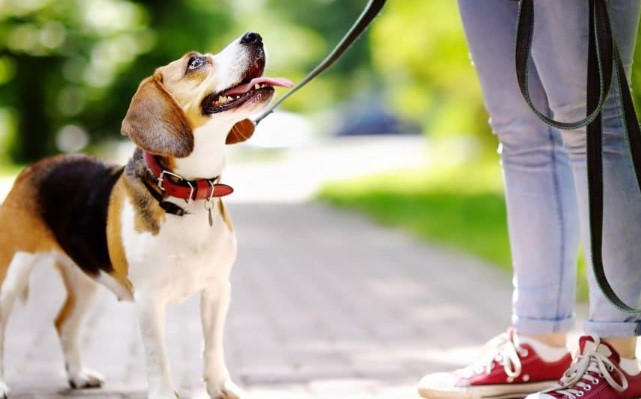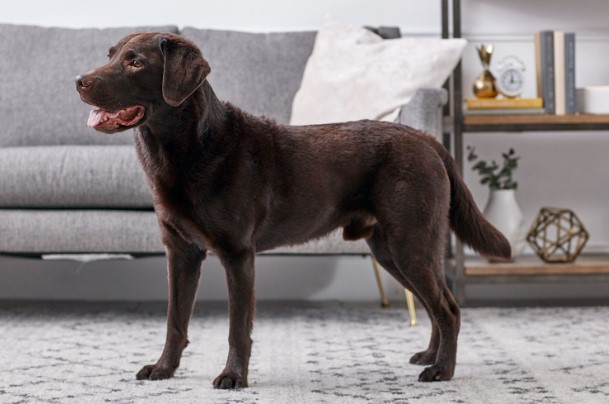Choosing the Right Puppy Collar and Leash – A Guide for Every Dog Owner

Collars and leashes are more than a fashion statement; they’re essential tools for training your pup and helping to keep them safe. Depending on the activities you enjoy with your dog, specific collars and leashes may work better than others. Standard flat collars are easy to find and come in various colors and designs. They’re also ideal for puppies learning to walk on a leash and for headstrong dogs who pull.
Material
Choosing a suitable dog collar is essential for your pet since it affects their comfort, safety, and well-being. The type of collar you select depends on your dog’s breed, skills, and temperament, as well as your training goals and philosophies. Many options are available at Chewy.com, from basic nylon webbing to luxury leather. Nylon and polypropylene collars are lightweight, affordable, durable, and available in various colors and patterns. These materials can also withstand chewing and do well in humid climates. Leather provides a classic, stylish look and can be comfortable for dogs with sensitive skin. Some types of leather include padding or a rolled design to help prevent rubbing and irritation. However, it can be more expensive and requires more care than other materials. If your dog is a puller, you’ll want to choose a collar made with a durable material that will stand up to repeated yanking without causing injury. Otherwise, the yanking could lead to long-lasting adverse effects. You’ll also need to consider the type of buckle you prefer. Plastic buckles are lightweight and virtually noise-free, while metal buckles offer more security. Whichever option you choose, ensure the buckle and clasp are secure so your dog doesn’t accidentally undo it. You should also avoid wearing a collar with excess padding or fabric, as this can irritate your dog’s neck or cause them to choke.
Size
As any dog owner knows, selecting a collar that fits properly is essential to your pup’s comfort. The wrong collar size can cause injury, resulting in skin irritation, choking, and, in severe cases, throat damage. Choosing the right size is also essential for ensuring your dog can’t slip out of their collar or accidentally get caught on something and pulled on. Finding the best fit for your dog can be challenging, and the different types of collars available can make things more complicated. The key is to use a flexible measuring tape around your dog’s neck. This will give you the most accurate result. Once you have the measurement, add 1 inch for small breeds and 2 inches for medium-sized dogs. Then, use this number to select the collar size that will fit your dog. Keep in mind that puppies and young dogs can proliferate. For these reasons, frequently checking the collar’s fit is essential, especially after grooming sessions or a haircut. Also, feel free to switch up the collar if your dog is growing out of their old one.
Design
Consider your dog’s needs and behavior when you shop for a collar. For example, try a head collar if your dog pulls at their leash on walks. These are similar to halters and sit high on your dog’s neck, so they can’t pull as hard on the leash. Collar width is another important consideration. A too-narrow collar can cause physical injury, while a too-wide collar is uncomfortable for dogs. Look for a collar with an optimal width to avoid both injuries. You’ll also want to consider the materials that make up your collar, as they can affect comfort and safety. Look for a collar made from a comfortable material, like cotton or nylon, to reduce skin irritation. A durable, sturdy buckle is a must to prevent breakage. Consider a waterproof collar if your pup swims or plays in the water often. These can withstand water and dry quickly, making them ideal for outdoor activities. Some people use collars to train or help their pup back out of situations where they might get tangled up, such as walking through thick brush. A martingale or rolled leather collar might be more appropriate in this case. These are designed to reduce choking and have a rounded shape that glides over the hair rather than pinching it.
Safety
A dog collar and leash are just a way to show off your pup’s style, but they have an essential job to do. They keep your puppy from wandering into dangerous areas and prevent them from grabbing things they shouldn’t eat (like garbage, offerings from strangers, or non-edibles), which can cause upset tummies and even severe injuries. They also help you and others walk safely, especially elderly or pregnant people or those with physical ailments who don’t want to be attacked by a hyper-jumping puppy. Collars must fit accurately to your puppy’s neck. Otherwise, they can injure them or lead to suffocation. A good rule of thumb is to be able to put two fingers between your puppy’s neck and collar. However, this size may change as your puppy grows. You should measure your pup’s neck regularly and replace their collar when it gets too big or tight. Small and toy-breed dogs are delicate, so standard collars can crush their tracheas or cut into their necks. A harness is ideal for little pups because it sits higher on their shoulders and won’t pinch the skin. If you’re training your puppy to stop pulling, use a martingale collar with stops that make them less restrictive than choke collars, and avoid squeezing the neck.



